While making new productions by using the information obtained as a result of examining materials on an ultra-small scale is called nanotechnology, nanoscience is the examination process itself. What do these studies, which are done at a very, very small level, mean, and what will this nanoworld offer us in the future?
You have heard the definition of nano at least once. The study of the world we live in in a much, much smaller, that is, nanoscale, is called nanoscience, and production in the light of the data obtained as a result of these examinations is called nanotechnology. All these studies have one purpose, that is to change the world. Because there is really no end to what can be done with these studies.
Nanotechnology and nanoscience The work is fairly new. So it still remains a mystery, at least for us. The rules we know do not apply in the nanoworld. Scientists and engineers aim to shape our future by exploring this new world in nanoscale day by day. Let’s take a closer look at what nanotechnology and nanoscience are And let’s answer the questions about the subject.
What is nanoscience and nanotechnology?
Let’s start with the basics and make clear the difference between the often confused concepts of nanoscience and nanotechnology. The study of structures and materials at the ultra-small scale is nanoscience. Since nanoscience is an interdisciplinary field, scientists from many different fields can observe the interesting and unique properties of the nanoworld by participating in these studies.
Nanotechnology, on the other hand, has nothing to do with such investigations, it is an engineering field. In the light of data revealed by nanoscientists Developing structures, systems, devices and technologies at the nanoscale is nanotechnology. We can also say that the purpose of nanotechnology, also called molecular manufacturing, is to produce unique machines in nanoscale.
How much is a nano?
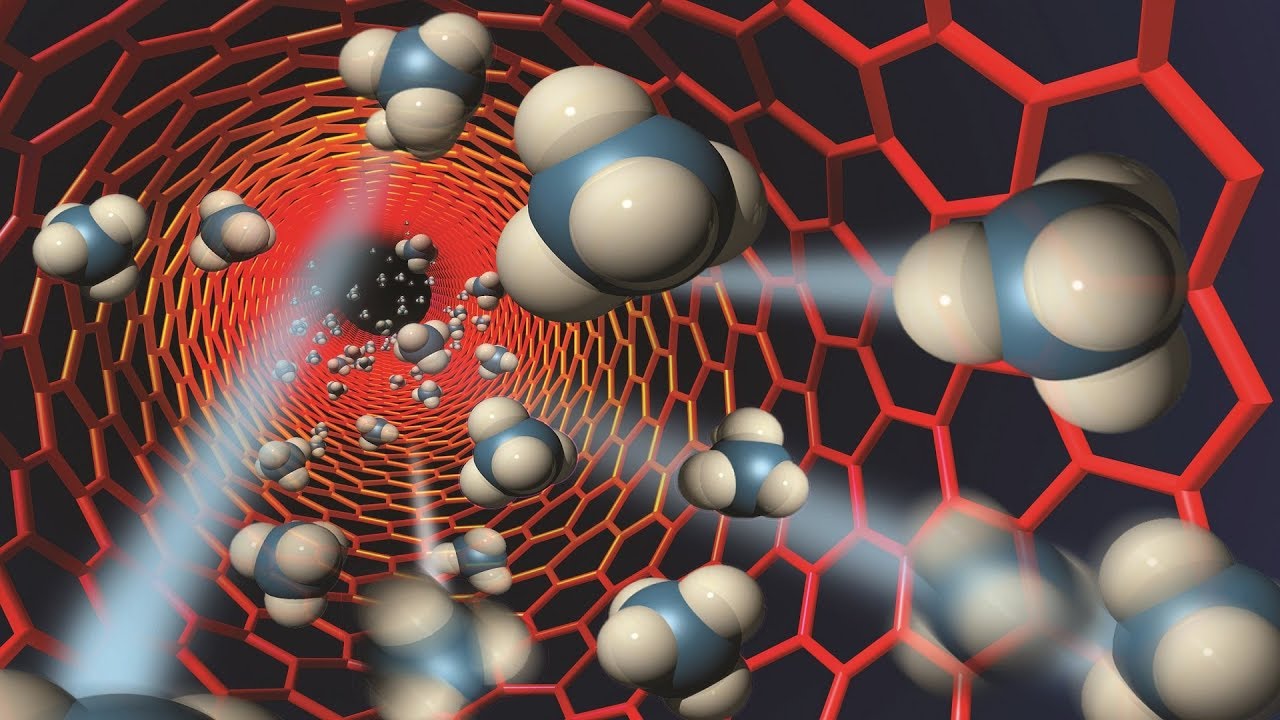
For us ordinary people, who are worried about going to work or turning on the TV in the evening, the nano-size is not an easy measure to imagine. A nanometer is one billionth of a metre. Our hair is 50-100 thousand nanometers in size. A paper thickness is about 75,000 nanometers. The pinhead is about 1 million nanometers wide. So nano is pretty small.
How were the doors of the nanoworld opened?
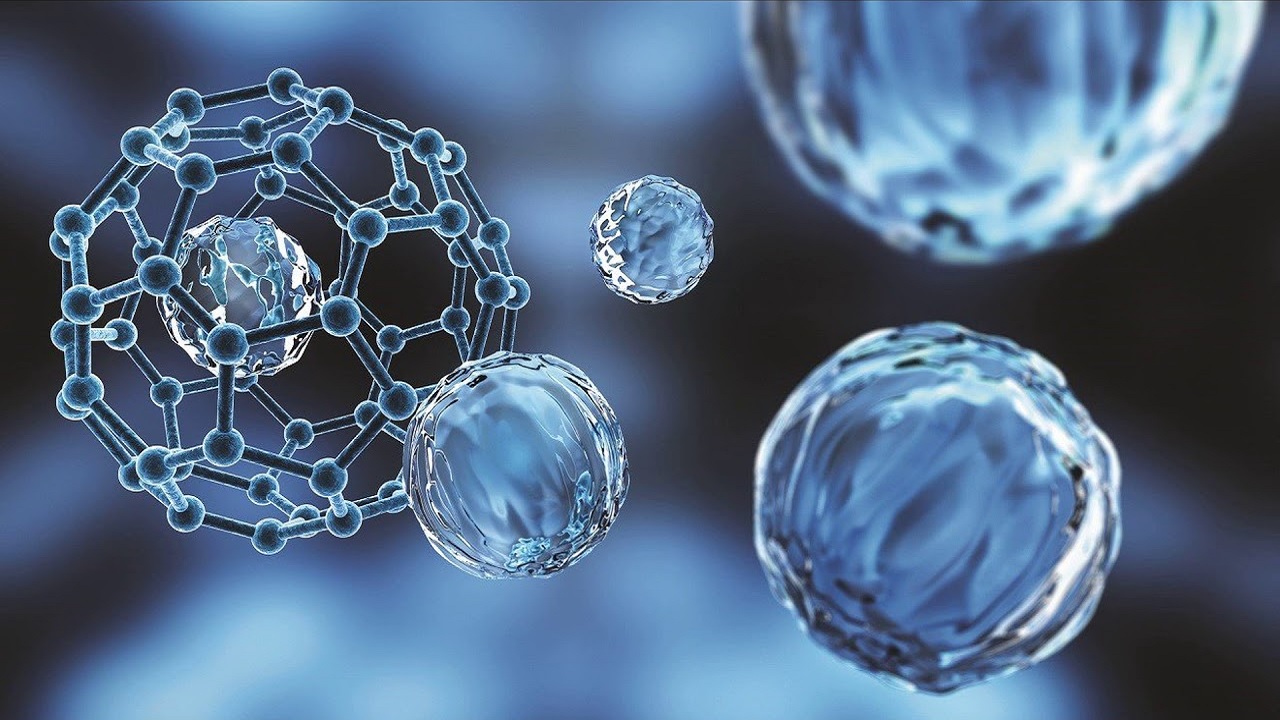
The first ideas about the nanoworld were given by physicist Richard Feynman. in 1959 was put forth. Nanotechnology was defined by Norio Taniguchi about ten years after Feynman. These first definitions were actually roughly describing the work of scientists on atoms and molecules one by one.
Nanoscience studies started only after the 1980s. Because it is not possible to see the nanoworld with microscopes as we know them. Scanning tunneling microscope And thanks to the atomic force microscope, the nanoworld began to be seen in three dimensions.
The nanoworld is not as we know it:
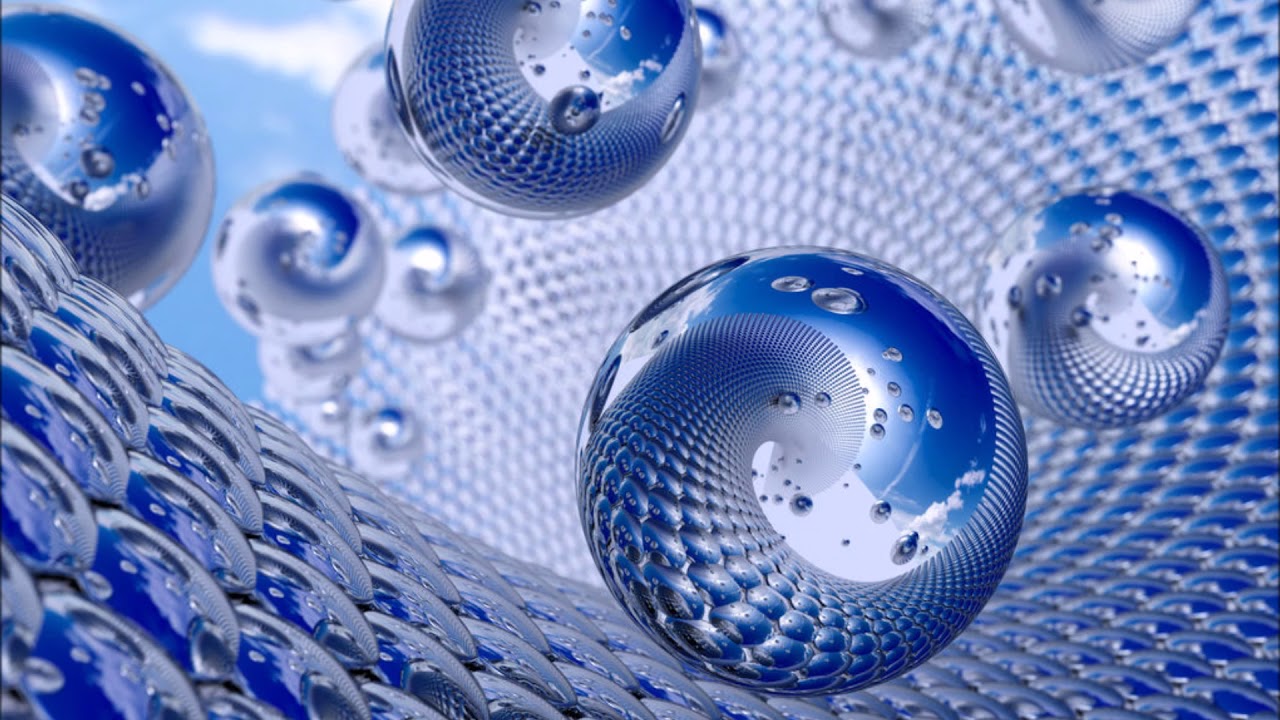
When you get this close to a material, you can imagine that things will change. The nanoworld is not like ours. The laws of chemistry and physics change there. For example, when you look at gold, which we know as yellow, on a nano scale, you may come across unusual colors such as red, orange, purple and green.
Gold is a catalyst even at the nanoscale, but loses its meaning at the micro or macro level. Small particles are much more reactive. This is because of the ratio of surface area to volume. Scientists aim to control this very reactivity. Quantum mechanics is used to understand the nanoworld.
What are the usage areas of nanotechnology?
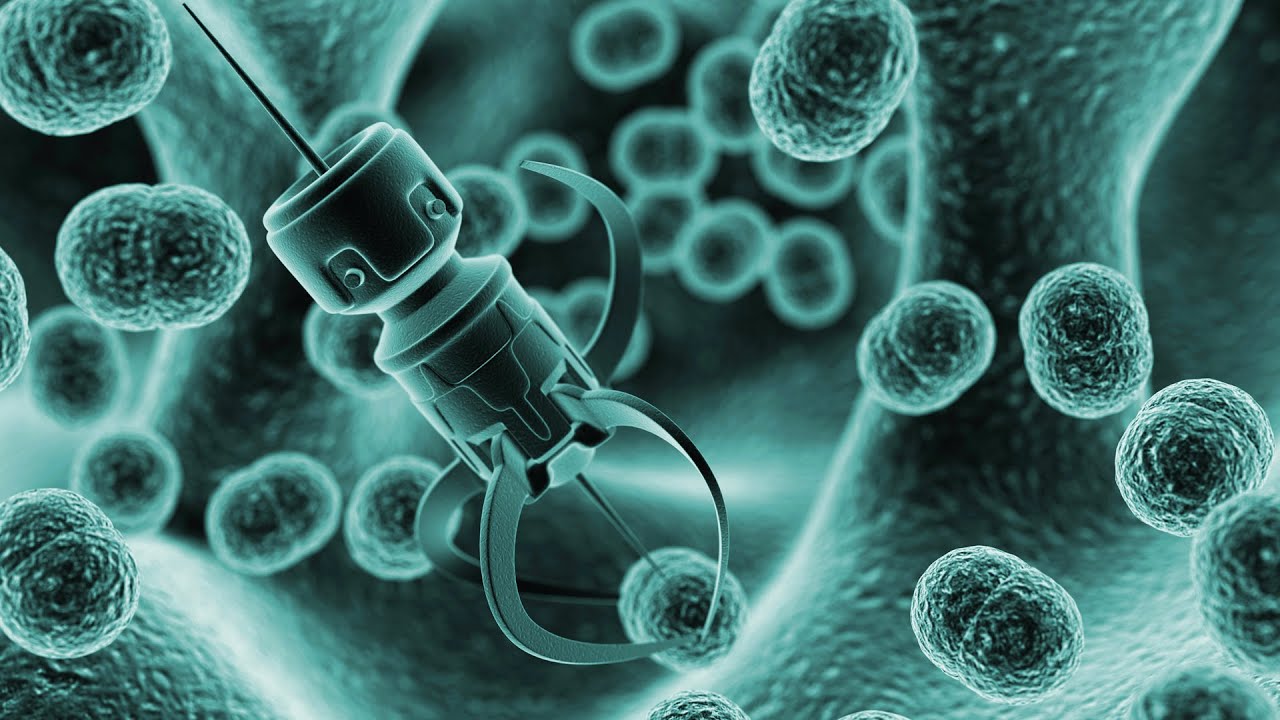
Nanotechnology systems developed using the information obtained as a result of nanoscience studies can be used in all areas that you cannot think of. Who wouldn’t be good at helping out on a nanoscale? Today, we use more than 800 nanotechnology products in our daily lives. However, what can be done is not limited to this. Here are a few examples of nanotechnology awaiting us in the future;
- It can destroy salmonella and similar bacteria by using it in food packaging.
- By using it in the pharmaceutical industry, for example, cancerous cells can be destroyed in a pinpoint manner.
- Much more efficient and cost-effective new generation batteries can be produced.
- It can pave the way for innovations in every part of the automotive industry.
- By cleaning the waters, it can save the lives of millions of people suffering from clean water shortages.
- It can ensure that all the devices we use are lighter, their screens brighter and have better image quality.
- It can make make-up materials much healthier and much more useful.
Can nanotechnology cause us trouble?
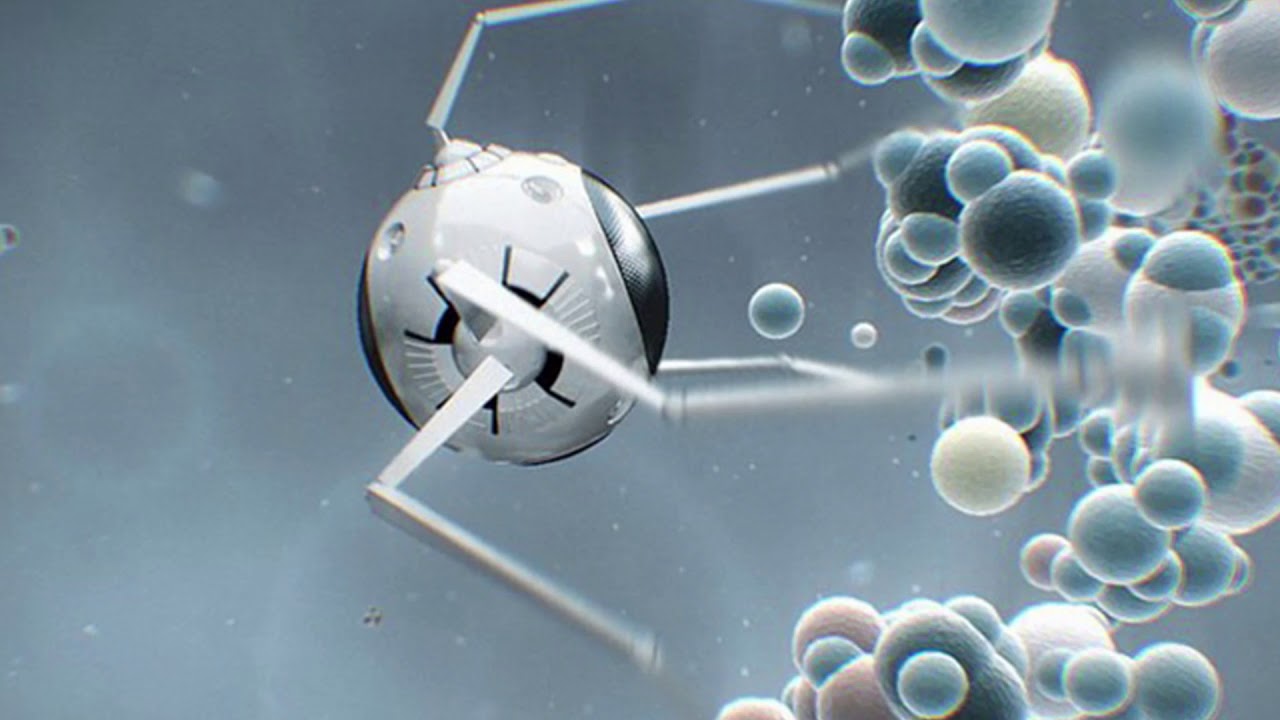
Will it be, will it be. As a result, we are talking about dimensions so small that we cannot even imagine. These nanoscale devices when interacting with humans or other creatures It is not known exactly what it can do. For this reason, nanotechnology used in production areas may be seen as much safer than those used in healthcare.
Nanoparticles produced by nanotechnology production form fibers in the brain, has the potential to alter the genetic makeup There are some studies that show that it has an effect on heart and vascular health. We still don’t know. We are all a little confused about what can happen when a person takes these tiny machines into his body, which he has not encountered before.
The issue that needs to be examined is how the nanoparticle will react when interacting with the environment and people. For example, if a nanotechnology particle that makes our furniture much more durable somehow enters our body, it will dissolve and disappear. The studies on the subject are quite new, but remember, nanoscience gives us the power to radically change everything. So it’s up to us to even eradicate their damage. Therefore, it is thought that the benefit will always be higher.
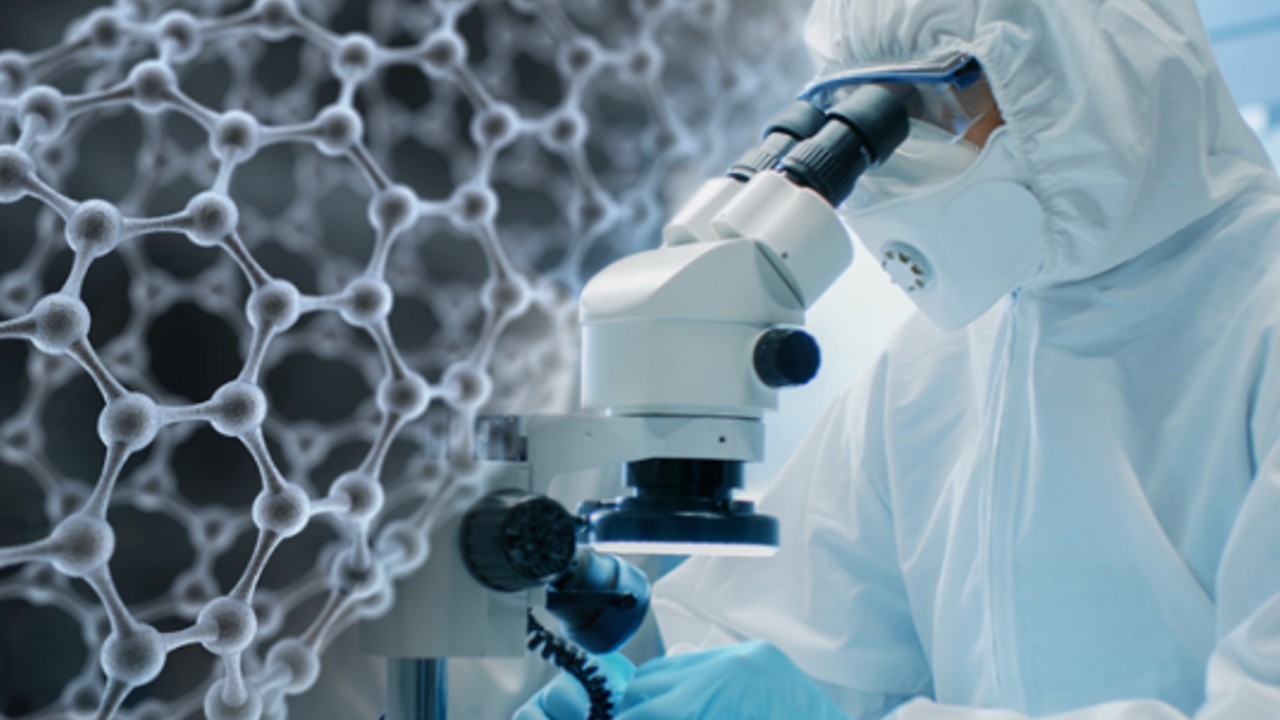
What is nanoscience and nanotechnology, what are their uses We answered the curious questions and talked about the details you need to know about the nanoworld. You can share your thoughts on nanoscience and nanotechnology in the comments.
